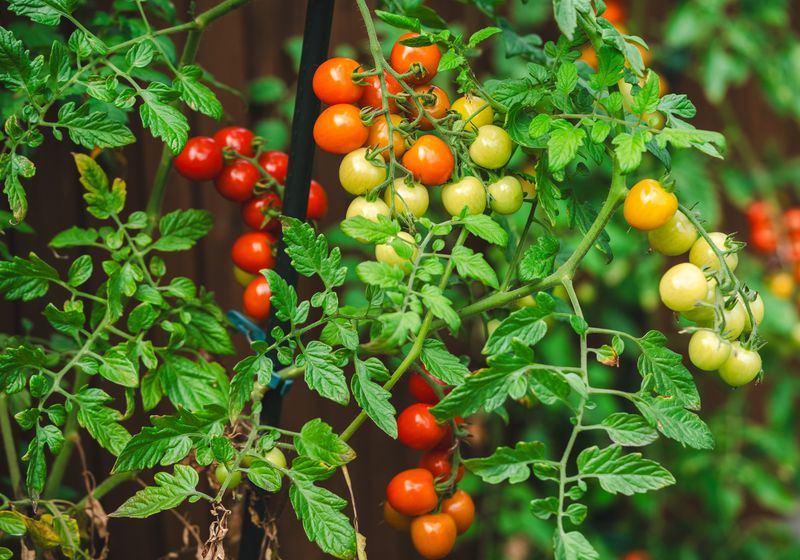A new genetic engineering approach helped gene-edited plants grow faster. The researchers modified tomato plants, as well as soybean and a relative of tobacco.
Gene editing of plants enabled the production of more nutritionally rich rice and fortified tomatoes. But these innovations have often come about only through long, painstaking work.
This process usually begins not with a flower or a tuber, but with a single plant cell. Researchers modify the cell’s DNA and then grow it into a plant. If it goes well, scientists can regenerate a plant from a cell in a few months; species like potato and tomato are impressive regenerators. Others, like the stubborn peppers of the genus Capsicum, are renowned for their resistance to tissue culture.1
Now, researchers at Texas Tech University have developed a new method for growing gene-edited plants that cuts down regeneration timelines from month to weeks.2 This shortened protocol, published in Molecular Plant, can help scientists explore how gene editing can improve diets and harden plant species against changing climates and temperatures
“Plant regeneration has long been a major limitation in crop biotechnology,” said study coauthor and plant genomicist Gunvant Patil of Texas Tech University in a press release. “Our method leverages the plant’s inherent regenerative capacity to rapidly produce gene-edited shoots, bypassing months of traditional tissue culture.”
Gene Modification Turns Tobacco Relative’s Shoots Red
Genomicists have struggled for years to get stubborn plant species to regrow in vitro. Patil and his team decided to dispense with the dish altogether by taking advantage of another key regeneration pathway in plants that kicks in when a plant is wounded. The damaged plant forms a thick callus that blocks off the wound site. Next, it activates cell replication processes to replace the damaged tissue.
This is a complex process that ropes in multiple proteins. The master regulator governing the regeneration is a protein called wound-induced dedifferentiation 1 (WIND1). The researchers knew that WIND1 could help plants regrow, but they also wanted to introduce foreign genetic elements alongside it.
To do so, they turned to a plant-infecting bacterium called Agrobacterium. This microbe has become a staple of genetic engineering techniques because of its ability to transfer genes between itself and the plant it infects.
Patil’s team modified Agrobacterium, stuffing its genome with DNA stretches that encoded WIND1 and other regeneration-linked proteins. Now, they needed a test plant to try their novel gene modification strategy on. They first worked on Nicotiana benthamiana, a close relative of tobacco. They pruned an N. benthamiana plant and then applied the modified Agrobacterium into the wound site. Importantly, the altered bacterium also included a gene that would turn N. benthamiana’s yellow-green shoots bright red.
After just a few weeks, N. benthamiana sprouted new shoots. The team found that genetically modified Agrobacterium had accelerated the plant’s natural regenerative ability, leading to new shoots emerging from the wound site more quickly. Around a third (35 percent) of the time, those new shoots were red.
Some Plants Regrow Better Than Others
Tobacco family plants are renowned for their powerful regeneration ability. So, the team trialed their technique on other plants they expected to be more resistant to regrowth. In stubborn soybeans, the technique initially failed to turn any shoots crimson. Instead, the researchers added the engineered Agrobacterium to germinating soybean seeds. After three weeks in tissue culture, they moved the modified seeds to soil, where red shoots emerged in more than a quarter of cases.
Despite requiring a return to the petri dish, this timeline represented an improvement over traditional assays, said Patil. “With the conventional method, we need to grow soybeans in tissue culture for at least three to four months, so reducing that time to three and a half weeks is a huge advancement.”
The team now wants to further their technique on other, even more difficult plants. While red shoots might be merely cosmetic, further advances could help create hardier or tastier crops. “This is the first step, and we are now working to finetune this technology to apply it to more difficult crops, such as chickpeas, common bean, and many other crops,” said Patil.

